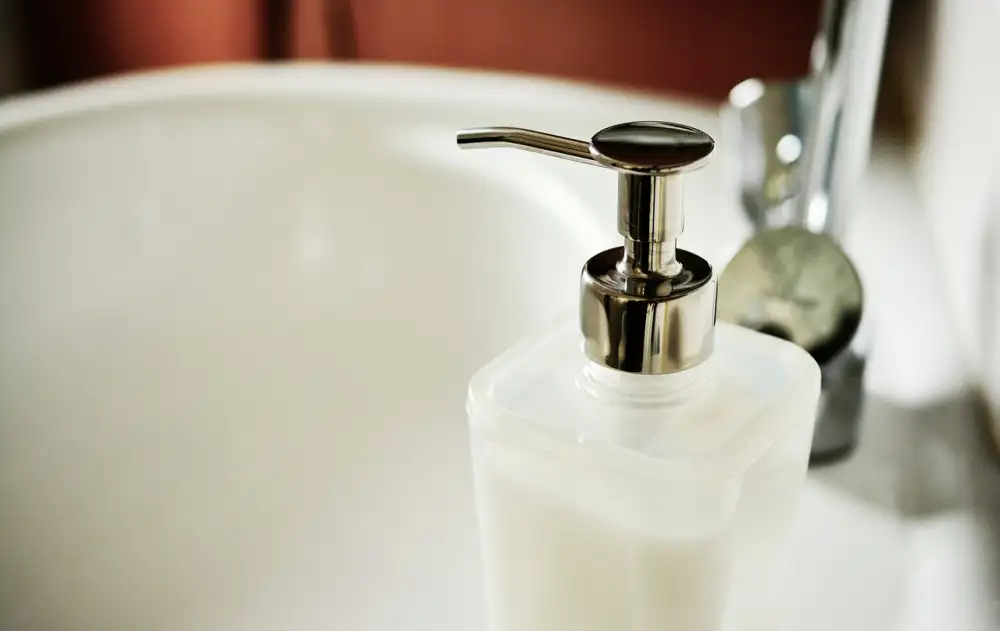Sparkling Solutions: Effortlessly Clean Your Keurig with Vinegar for a Fresh Brew

Keeping your Keurig coffee maker clean is essential for maintaining the quality and flavor of your daily brew. One of the most effective and affordable ways to clean your Keurig is by using vinegar. Vinegar has natural cleaning properties that can remove mineral buildup, residue, and bacteria from your machine, ensuring a fresh and delicious cup of coffee every time. In this article, we will guide you through the step-by-step process of cleaning your Keurig with vinegar, as well as provide tips for maintenance and common mistakes to avoid. So let's get started on sparkling solutions for a pristine Keurig!
Benefits of using vinegar for cleaning
Using vinegar to clean your Keurig coffee maker offers numerous benefits. Firstly, vinegar is a natural and eco-friendly cleaning agent that is safe to use around food and beverages. It effectively removes mineral deposits, limescale, and other buildup that can affect the taste and quality of your coffee. Additionally, vinegar helps to disinfect and sanitize your machine, eliminating any bacteria or mold that may be present. This not only ensures a fresh brew but also promotes a healthier coffee-drinking experience.
Step-by-step instructions for cleaning a Keurig with vinegar
Step 3: Step-by-step instructions for cleaning a Keurig with vinegar
Cleaning your Keurig coffee maker with vinegar is a simple and effective way to remove mineral deposits and ensure a fresh brew every time. Follow these easy steps:
1. Start by unplugging your Keurig and removing any remaining water from the reservoir.
2. Mix equal parts white vinegar and water in a container. The amount will depend on the size of your Keurig, but a cup of each should be sufficient for most models.
3. Pour the vinegar-water mixture into the reservoir, filling it up to the maximum fill line.
4. Place a large mug or bowl on the drip tray to catch the liquid that will be dispensed during the cleaning process.
5. Turn on your Keurig and run a brew cycle without inserting a K-cup. Allow the vinegar solution to flow through the machine until it's completely emptied into the mug or bowl.
6. Once the cycle is complete, turn off your Keurig and let it sit for about 30 minutes to allow the vinegar solution to work its magic in dissolving any mineral buildup.
7. After 30 minutes, discard any remaining liquid in the mug or bowl and rinse it thoroughly.
8. Refill the reservoir with clean water, ensuring not to exceed the maximum fill line.
9. Run multiple brew cycles with just water until there is no more vinegar smell or taste in your coffee.
10. Finally, wipe down all external surfaces of your Keurig with a damp cloth and plug it back in for regular use.
By following these step-by-step instructions, you can easily clean your Keurig coffee maker with vinegar, ensuring optimal performance and delicious cups of coffee every time you brew!
Tips for maintaining a clean and efficient Keurig
To maintain a clean and efficient Keurig coffee maker, here are some helpful tips:
1. Regularly clean the removable parts: Take out the water reservoir, drip tray, and K-Cup holder and wash them with warm soapy water. Rinse thoroughly and let them dry before putting them back.
2. Descale your Keurig: Even if you clean it regularly, mineral deposits can still build up over time. To prevent this, descale your Keurig every 3-6 months using a descaling solution or vinegar.
3. Use filtered water: Using filtered water in your Keurig will help reduce mineral buildup and extend the lifespan of your machine.
4. Clean the needle regularly: The needle that punctures the K-Cup can get clogged with coffee grounds or residue. Use a paperclip or a needle to gently clean it to ensure proper brewing.
5. Empty and rinse the drip tray daily: The drip tray collects any excess liquid from brewing. Emptying and rinsing it daily will prevent mold or bacteria growth.
6. Store your Keurig properly: When not in use, cover your Keurig to keep dust and debris away from the machine.
By following these tips, you can ensure that your Keurig remains clean, efficient, and provides you with a delicious cup of coffee every time you brew!
Common mistakes to avoid when cleaning a Keurig with vinegar
1. Using undiluted vinegar: It's important to dilute the vinegar with water before using it in your Keurig. Undiluted vinegar can be too strong and may damage the internal components of the machine.
2. Neglecting to clean the external parts: While cleaning the internal parts of your Keurig is crucial, don't forget about the external surfaces. Wipe down the exterior with a damp cloth to remove any coffee stains or residue.
3. Skipping regular maintenance: Cleaning your Keurig with vinegar should be done regularly, ideally every few months. Neglecting this routine maintenance can lead to clogs and poor performance.
4. Rushing through the process: Take your time when cleaning your Keurig with vinegar. Follow each step carefully and allow enough time for the vinegar solution to work its magic on removing mineral deposits and build-up.
5. Forgetting to rinse thoroughly: After running the vinegar solution through your Keurig, make sure to rinse it thoroughly with clean water multiple times. Failing to do so may leave behind a lingering vinegar taste in your coffee.
By avoiding these common mistakes, you can ensure that your Keurig is properly cleaned and maintained for a fresh and flavorful cup of coffee every time.
In conclusion, maintaining a clean and efficient Keurig is essential for enjoying a fresh and flavorful cup of coffee. By regularly cleaning your Keurig with vinegar, you can remove mineral deposits, bacteria, and residue that can affect the taste of your brew. The acidity of vinegar helps to dissolve these build-ups, leaving your machine sparkling clean. So, take the time to follow the step-by-step instructions provided and make sure to avoid common mistakes. With a clean Keurig, you can savor every sip of your favorite coffee flavors without any unwanted aftertaste or impurities. Cheers to a delightful brewing experience!
Published: 19. 12. 2023
Category: Home



